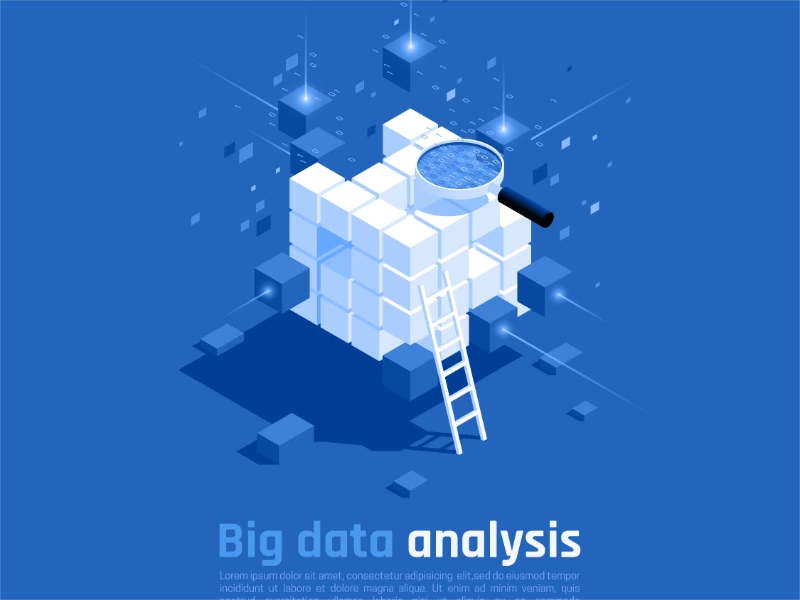- Edge computing refers to a method of processing data close to users and devices.
- The factors make edge computing cheaper and easier include using abundant devices and executing automated actions.
This article will introduce the definition and the factors contributing to the lower price and easier access of edge computing.
What is edge computing?
Edge computing refers to a method of processing data close to users and devices. This approach minimises latency and bandwidth costs, ensuring fast, scalable digital experiences. The infrastructure for edge computing includes dedicated servers, server networks, and IoT devices, with locations varying widely as the technology continues to develop.
Also read: 3 key security risks of cloud computing (btw.media)
Also read: Jeff Bezos and Andy Jassy at AWS: Revolutionising the cloud (btw.media)
What makes edge computing cheaper and easier?
Edge computing is highly relevant for organisations seeking to optimise their data processing capabilities. By decentralising data processing closer to its origin, it achieves faster response times and can enhance performance even on low-power, cost-effective devices. A variety of platforms, technologies, and software solutions, spanning from cellular and Wi-Fi connections to containerisation and microservices, collaborate in this ecosystem. Understanding these components is crucial for organisations aiming to leverage the full benefits of edge computing.
1. Use of abundant devices
Edge computing is a useful way to get the most out of everyday devices. Edge computing efficiently utilises local resources, enabling faster and more reliable task execution compared to reliance solely on cloud networks. This approach improves the performance of edge applications while minimising issues related to latency and bandwidth consumption. For instance, edge computing is well-suited for internet-connected devices like sensors and actuators. These devices collect data locally and transmit it to servers for further analysis, facilitating real-time monitoring and action across diverse geographical locations.
2. Cost efficiency through automation
Edge devices perform data filtering and processing tasks such as compression, aggregation, and deduplication, reducing the volume of data transmitted to the cloud for analysis. This approach effectively lowers costs associated with data transfer, storage, and cloud-based processing. Moreover, edge devices can execute automated actions based on predefined rules or machine learning models. This eliminates the need for human intervention and centralised cloud resources, thereby reducing expenses related to manual labour and centralised computing infrastructure.
3. Integration with cloud services
Leading cloud providers like AWS, Azure, and GCP offer robust tools to facilitate the deployment of edge computing solutions. Their comprehensive suite supports the creation and deployment of edge gateways, servers, and cloud resources, encompassing compute power, storage capabilities, networking tools, and robust security measures. Cloud integration enables applications to access data and services from any location with an internet connection, enhancing flexibility beyond traditional home base operations. Additionally, leveraging powerful analytics engines like machine learning through cloud connections enhances operational efficiency across diverse edge computing scenarios.
4. Low latency
In fast-paced applications such as autonomous vehicles, industrial automation, and augmented reality, latency significantly impacts user experience. Edge computing addresses this challenge by processing data near its origin, thereby alleviating network congestion. This enables real-time or near-real-time information exchange without compromising performance quality.

